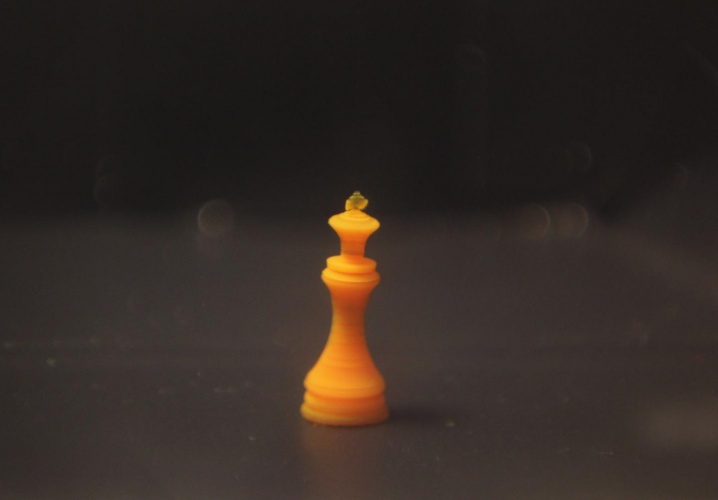According to the team, the smart gel could provide structural rigidity in organs such as the lungs, and can contain small molecules like water or drugs to be transported in the body and released. It could also help develop a new area of soft robotics, and enable applications in flexible sensors and actuators, biomedical devices and platforms or scaffolds for cells to grow. The work is published in Scientific Reports.
“The full potential of this smart hydrogel has not been unleashed until now,” said Howon Lee, senior author of the new study and assistant professor in Rutgers’ Department of Mechanical and Aerospace Engineering. “We added another dimension to it, and this is the first time anybody has done it on this scale. They’re flexible, shape-morphing materials. I like to call them smart materials.”
The engineers used a lithography-based technique to print a wide range of materials, creating layers of a special resin to build 3D objects. The resin consists of the hydrogel, a chemical that acts as a binder, another chemical that facilitates bonding when light hits it, and a dye that controls light penetration.
In temperatures below 32 degrees Celsius (about 90 degrees Fahrenheit), the hydrogel absorbs more water and swells in size. When the temperature exceeds 32 degrees Celsius, the hydrogel begins to expel water and shrinks. The objects they can create with the hydrogel range from the width of a human hair to several millimetres long. The engineers also found that they can grow one area of a 3D-printed object – creating and programming motion – by changing temperatures.
“If you have full control of the shape, then you can program its function,” Lee said. “I think that’s the power of 3D printing of shape-shifting material. You can apply this principle almost everywhere.”
Article from The engineer 1st February 2018 7:30 am


